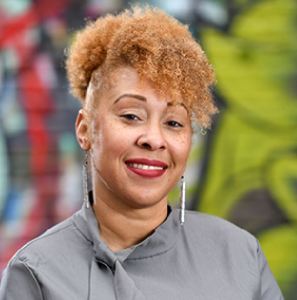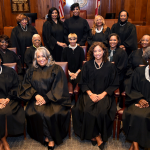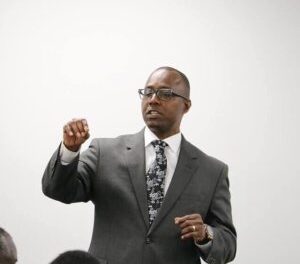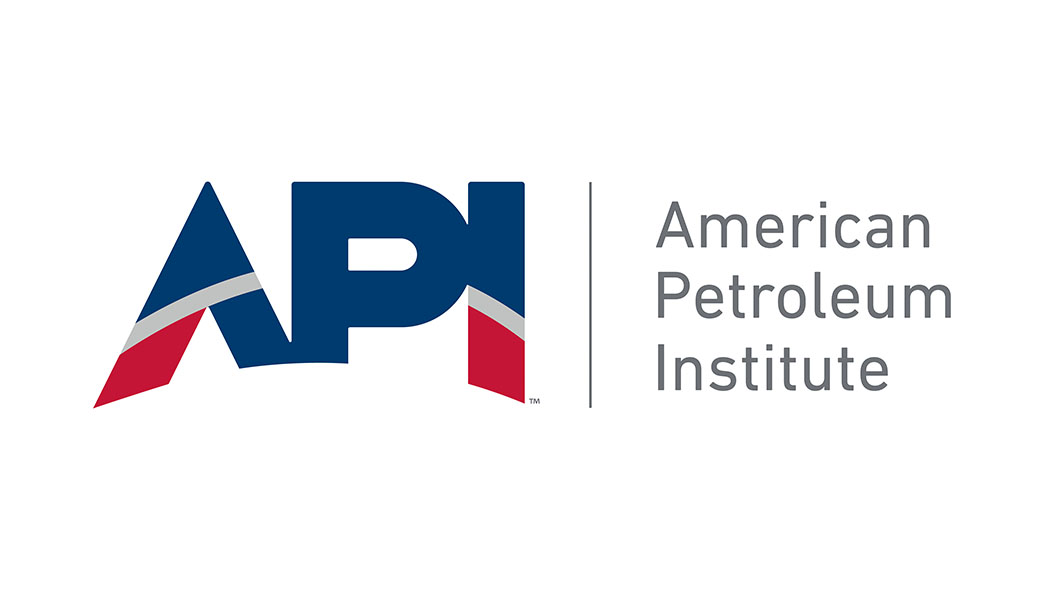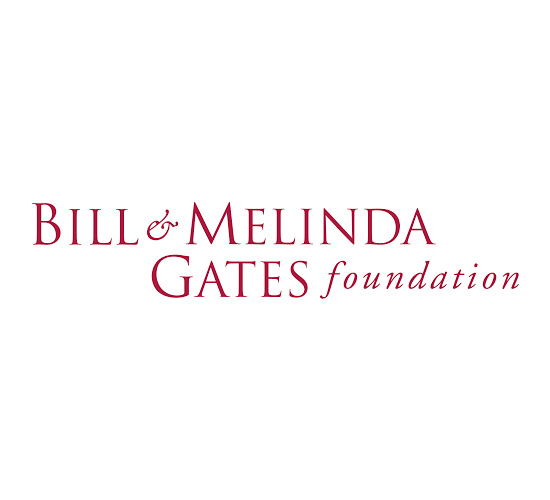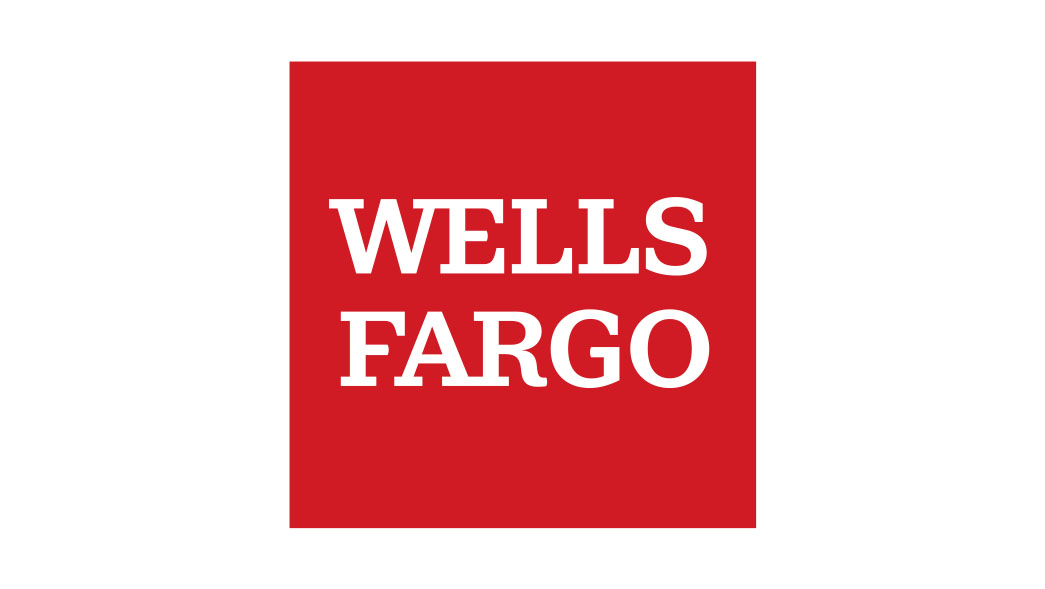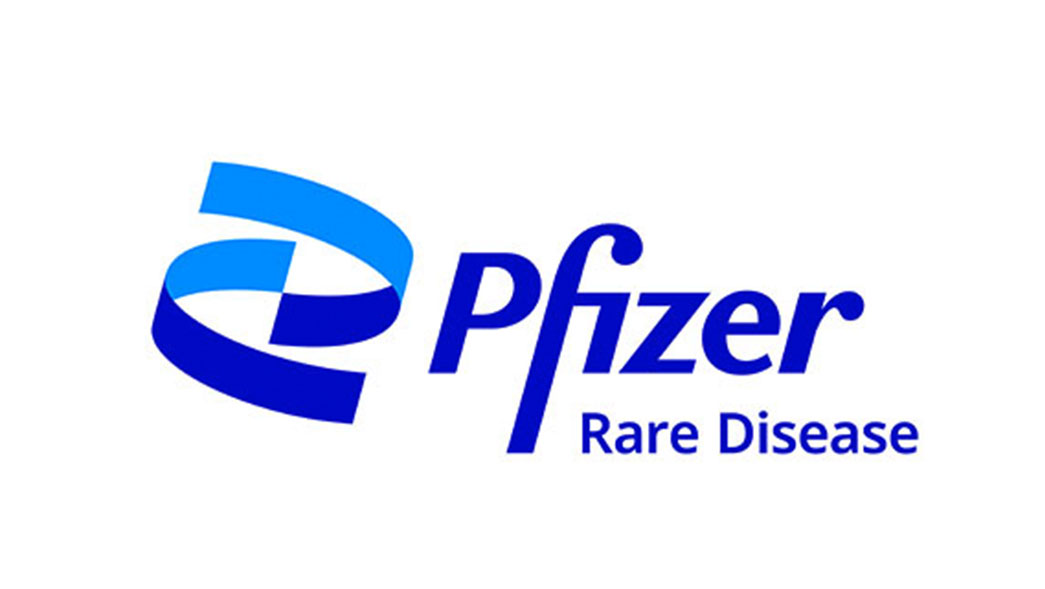By Shantay Jackson
Imagine This:
A grandmother gets a knock at the door. When she answers, she’s greeted by community violence intervention workers. They let the grandmother know that her grandson, who was recently shot and released from the hospital, is thinking about retaliating. And not just thinking about it. That he’s said out loud that he’s going to shoot the person who shot him. These workers received a call from her son, who is currently serving a federal prison sentence. From behind the wall, he’s gravely concerned about the safety of his son and mother, who live together.
Because of their deep love for their neighborhood and the safety of everyone who lives there, the workers let the grandmother know that she can’t stay in the house. The workers remain with her as she collects her things and move her to a safe location.
Back in the neighborhood, these frontline workers do the deeply tailored and human work of cooling tensions and mediating the conflict. They locate her grandson and talk him down from retaliating, while making referrals for wraparound support. After four days, they inform the grandmother that it’s safe for her to return.
Now imagine that this is a true story. Because it is.
Thanks to this life-saving intervention, there’ve been no incidents between the parties since. This is just one example of what the mayor and I mean when we say community violence intervention, or CVI.
Our city was an early adopter of Cure Violence, an evidence-based public health intervention. Safe Streets, Baltimore’s flagship gun violence intervention program uses this model. This workforce focuses on interrupting gun violence within a set area that corresponds to the violent crime data released by the Baltimore Police Department (BPD). Violence interrupters log mediations and make referrals to services for those at the highest risk of being a shooter or getting shot. Contrary to popular belief, the program only operates within 2.6 square miles. Baltimore is 90 square miles. We must cover more ground with the way we leverage and coordinate our partnerships.
A colleague of mine and I have been discussing for years the need to evolve the demonstration project that Safe Streets was into the ecosystem that we know CVI must be. For too long, Baltimore has only known CVI through the lens of Safe Streets. While it will continue to serve as the cornerstone of our work, Safe Streets is not synonymous with CVI – it is a CVI component. A CVI program.
CVI is community-based and multi-faceted. It doesn’t just include outreach and violence intervention. It provides victim services, life coaching, crisis response management, wraparound supports, and programming at hospitals and schools.
The physical care given by the hospital and the outreach and violence intervention provided to the victim of our true story helped him, his grandmother, and his community in the moment, but without the provision of mental health, life coaching, and victim services supports, our work would’ve been incomplete and he wouldn’t be on a path to treating his emotional trauma.
Mayor Scott has made a historic investment in this non-law enforcement, evidence-based work and is pulling disconnected efforts into strategic alignment to cover more ground.
MONSE is very intentionally balancing evidence-based approaches like Cure Violence with innovative ones and, while much work remains, I’m proud of the foundation forged by our team.
We must also continue to invest in the people who knowingly put themselves in between a gun and the person it’s pointed at. For Dante’s sake. For Benny’s sake. For DeShawn’s sake. For our village’s sake.
Baltimore lost 338 people to homicide last year. Historically, city hall has struggled to put strategies in place that reverse the trend of persistently high levels of gun violence for the long-term.
Mayor Scott established MONSE to institute the city’s very first comprehensive public safety strategy. In less than two years, MONSE has simultaneously driven the integrated, strategic approaches of CVI and the Group Violence Reduction Strategy (GVRS).
As MONSE prepares to scale GVRS to more of the city in early 2023, we’re thrilled that the work piloted in the Western District has yielded 30 percent reductions in gun violence since being stood up in January. This approach employs CVI and relies on a strong partnership with law enforcement partners at all levels.
This is not overnight work. City hall can’t do it alone. Its success will depend on partnership. We are focused on doubling down on our early impacts and growing them until we have cured Baltimore of the disease of gun violence.
Shantay Jackson serves as director of the Mayor’s Office of Neighborhood Safety and Engagement (MONSE). Mayor Brandon M. Scott established the office shortly after beginning his term and tasked it with coordinating work associated with the city’s first-ever comprehensive violence prevention plan. She is a resident of Howard Park in Northwest Baltimore.
The opinions on this page are those of the writers and not necessarily those of the AFRO. Send letters to The Afro-American • 233 E. Redwood Street Suite 600G
Baltimore, MD 21202 or fax to 1-877-570-9297 or e-mail to editor@afro.com
Help us Continue to tell OUR Story and join the AFRO family as a member –subscribers are now members! Join here!
The post Demystifying Baltimore’s community violence intervention approach appeared first on AFRO American Newspapers .

